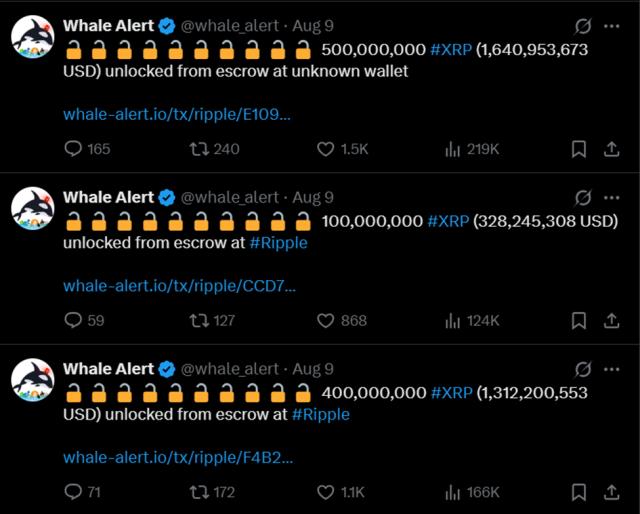Is Crypto Regulation a Retreat from Decentralization Ideals or an Inevitable Evolution of Financial System Standardization?
Author: Buttercup Network, Thejaswini M A
Translated by: Saorise, Foresight News
Translator's Note: The cryptocurrency revolution, once viewed as a disruption to traditional finance, ultimately did not take a path of violent confrontation, but instead became deeply intertwined with regulatory systems and political consensus, becoming a "tamed revolution". From challenging tradition to seeking permission, from decentralization ideals to centralized regulatory reality, the absurdity and contradiction of this "revolution" is the core of this article. When rebels bow to the system, is it a game of interests or an inevitable trend of the times?
In 2025, the rebels (cryptocurrency) did not attack banks, but instead applied for a license from the Office of the Comptroller of the Currency (OCC).
I have been trying to understand the phenomenon of the GENIUS Act. The more I ponder it, the more I find the whole thing intriguingly absurd. So, please allow me to sort out how we transformed from "move fast and break things" to "move fast and comply with regulations".
The bill has been signed into law, and now all rules have settled. Stablecoins are now regulated, no longer mysterious, and we know exactly who can issue them, who regulates them, and how they operate. But this raises an obvious question: What is the meaning of all this?

If you ask people in the cryptocurrency field, they will excitedly declare that this is the moment cryptocurrency goes mainstream, a regulatory revolution that changes everything. They will enthusiastically discuss "regulatory clarity", "institutional adoption", and the "future of money", clutching that 47-page document as if it were the Constitution.
If you ask a U.S. Treasury official, they will eloquently explain how this can unprecedented strengthen the dollar's dominance, ensure safety, and attract investment back to the United States, using all the typical government official rhetoric.
On the surface, both sides have won, but truthfully, the regulators gained the greater benefit. Cryptocurrency and Bitcoin once tried to undermine banks and end dollar hegemony, and now they hope banks will issue cryptocurrencies backed by dollars.
There is an interesting contradiction at the core of this: banks are actually deeply afraid of stablecoins, which is entirely understandable. They watch trillions of dollars potentially flowing out of traditional deposits and into digital tokens with no yield but full reserve. Congress's approach is to make paying interest on stablecoins illegal, essentially protecting banks and helping them avoid fear of competition.
The law stipulates:
"Any permitted stablecoin issuer or foreign payment stablecoin issuer shall not pay any form of interest or return (whether in cash, tokens, or other consideration) to holders solely for holding, using, or retaining the payment stablecoin."
Cryptocurrency originally aimed to create a trustless, decentralized alternative to traditional finance. Now, while you can send stablecoins on-chain, you must do so through embedded plugins, on venture capital-backed apps, settling with licensed issuers, whose partner banks are still JPMorgan Chase. The future has arrived, but it looks just like the past, only with better user experience and more regulatory documents.
The GENIUS Act creates a system as complex as a Rube Goldberg machine, where you can use revolutionary blockchain technology, but only if:
- Approved by the Office of the Comptroller of the Currency
- Hold U.S. Treasury bonds at a 1:1 ratio as reserves
- Submit monthly certification signed by CEO and CFO
- Allow authorities to order token freezing
- Promise never to pay interest
- Limit business activities to "issuing and redeeming stablecoins"
The last point is particularly thought-provoking: You can innovate finance, but absolutely cannot do anything else with the innovated finance.
We are witnessing a movement that was supposed to be anti-establishment becoming institutionalized. Existing stablecoin issuers like Circle are jubilant because they are already largely compliant, and can now watch less regulated competitors being kicked out of the field.
Meanwhile, Tether faces a life-or-death choice: either become transparent and responsible, or be banned from U.S. exchanges by 2028. For a company that built its business on opacity and offshore banking, this is like asking a vampire to work the day shift.
Of course, given Tether's scale, they might not need to care much about this. With a market value of $162 billion, larger than Goldman Sachs and exceeding most countries' GDP, it's even more substantial than the entire regulatory system trying to constrain it. At this scale, "comply or leave" sounds less like a threat and more like a suggestion.
The "Libra Clause", which essentially prevents tech giants from arbitrarily issuing stablecoins, is named after Facebook's failed attempt to launch a global digital currency. Remember how everyone panicked that Facebook might weaken sovereign currencies? Now, if Facebook wants to issue a stablecoin, it needs unanimous approval from the Federal Committee, the token cannot pay interest, and must be fully backed by U.S. government debt.
Let's also discuss the economic logic behind everyone's sudden interest. Currently, U.S. merchants pay 2%-3% transaction fees to Visa and Mastercard, often their second-largest expense after wages. Stablecoin payment costs are just cents, with large transactions even below 0.1%, because blockchain infrastructure doesn't require massive banks and card organizations to take a cut. The $187 billion in annual card fees could remain in merchants' pockets. Thus, Amazon and Walmart's interest in stablecoin solutions becomes understandable: why pay the card organization duopoly when you can directly send digital dollars?








